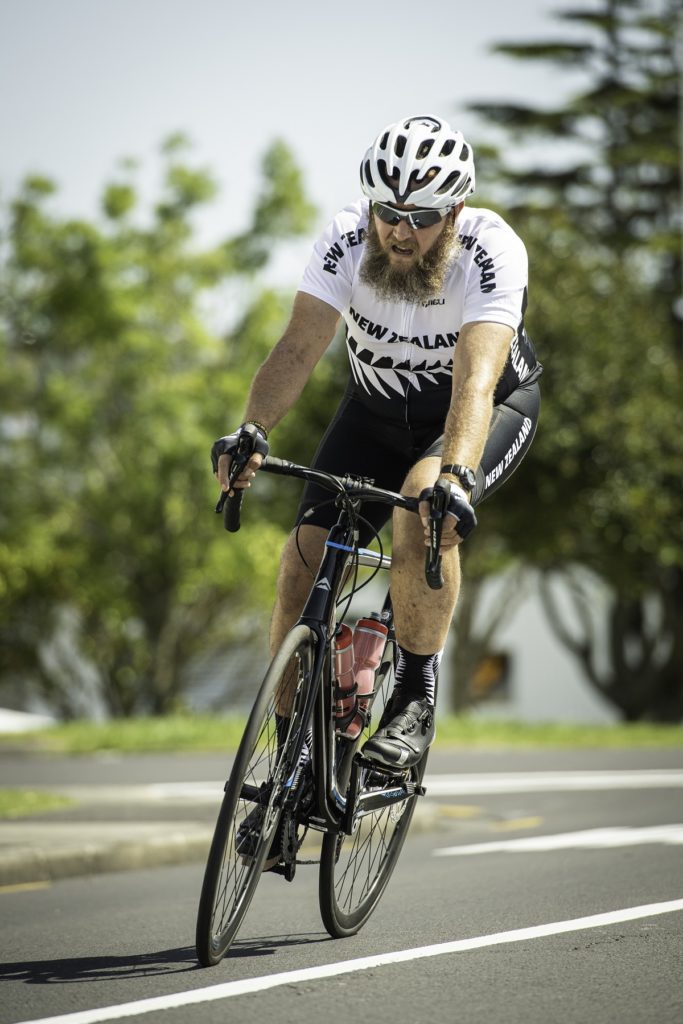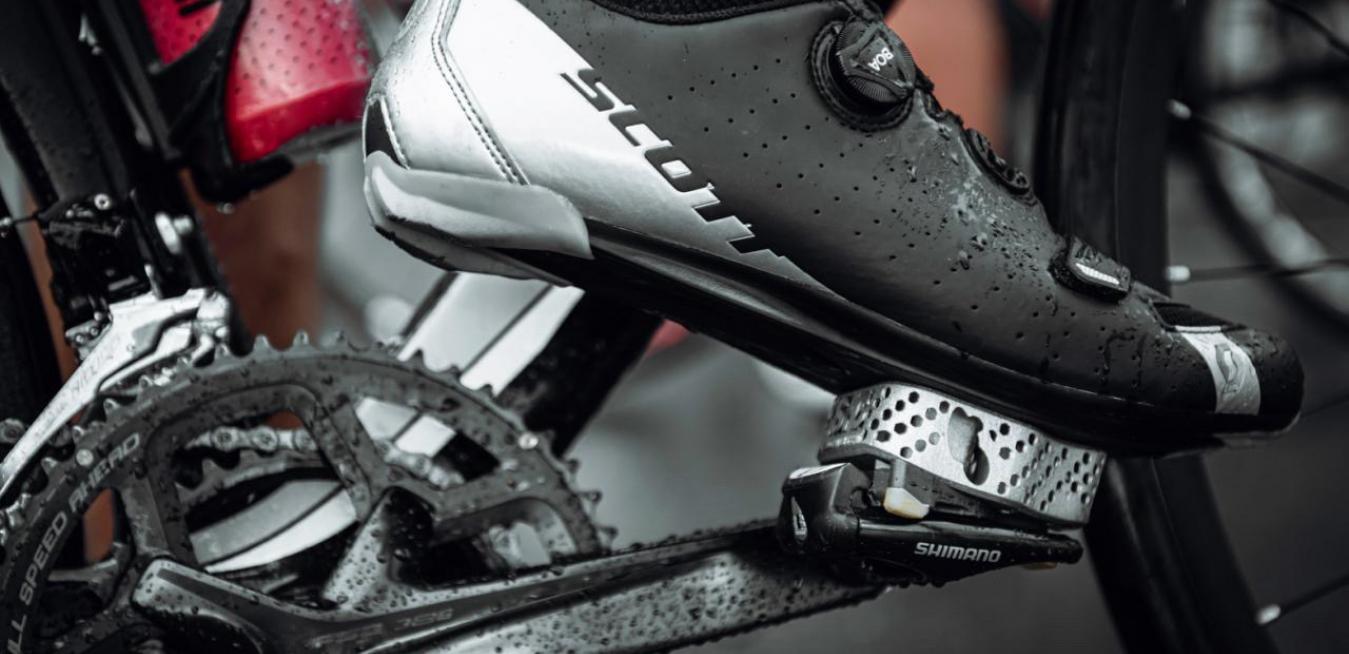Stevin Creeggan is new to cycling. He trains almost five to six days a week — 30 minutes each time. The only thing, is that these constant efforts can also be hard for the cyclist whose right leg is nearly an inch shorter than his left, a distortion caused by the reconstruction of his body after a military helicopter crash in 2010, that killed everyone aboard but him.
With this intense training, Creeggan plans to participate next year in the Invictus Games – an international multi-sport event, created by Prince Harry, Duke of Sussex, in which wounded, injured or sick armed services personnel and their associated veterans take part in nine sports including wheelchair basketball, sitting volleyball, and indoor rowing.
When he applied for the Invictus Games last year, he “found that certain things caused a lot more pain than what [he] could handle, but [he] gave things a go”. “With the cycling, I could get some speed and some power back into the pedals, even with my legs at different lengths at that stage”, the cyclist says.
Therefore, to close this distance between his shorter leg and the pedal, and ultimately helps the rider fully gets into a rhythm, Creeggan called for the support of Zenith Tecnica’s engineering team.
How Zenith Technica imagines a part that fills the gap between the pedal and Creegan’s leg

Zenith Tecnica is an additive manufacturer of titanium parts. The company has built parts for aerospace companies and strongly believes in GE Additive’s technology capabilities to achieve its goals. The company utilizes electron beam melting (EBM), a technology developed by Arcam EBM, a GE Additive company.
Electron beam melting is very similar to laser melting, but works with an electron beam instead of a laser. The process consists of a layer of metal powder onto a build platform, which is melted by the electron beam.
For Creegan, the Zenith Technica team needed to fabricate a slim, 3D-printed titanium spacer that would help him improve his performance. This part should be both lightweight and strong so that the cyclist can withstand the rigors of the competition. That’s why, the engineering team opted for titanium powder, a material that is known for its high tensile strength to density ratio, high corrosion resistance, and ability to withstand moderately high temperatures without creeping.
The rider had initially created a solid block that he used when riding. Together with engineers Ewan Conaghan and Martin Campbell, the whole team designed a spacer, with well-defined edges.
According to Campbell, “3D printing lends itself to an organic shape better. But trying to remove as much material as possible while trying to retain strength and shape has its difficulties, because you’re taking that material away from the main structure. That was one of the biggest challenges.”
Once they have finished the spacer design, Peter Sefont from Zenith Tecnica refined the 3D model for titanium printing.
“The team was able to print a titanium spacer that is partially hollow in the middle and conforms to Creeggan’s cycling cleat. They dramatically reduced its weight: While Creeggan’s homemade version weighed a noticeable half-pound, the new spacer weighs only about one-tenth of a pound”, the team explained.
After experiencing the new spacer for the first time, Creeggan noticed the huge difference. “Having quite a large weight that I was trying to pull up when I was cycling, the leg wasn’t very appreciative of it,” he says. With less pain on the bike, he’s dropped three to four minutes off his 20K time in the track criterium, a closed-circuit cycling race.
Remember, you can post AM job opportunities for free on 3D ADEPT Media or look for a job via our job board. Make sure to follow us on our social networks and subscribe to our weekly newsletter: Facebook, Twitter, LinkedIn & Instagram! If you want to be featured in the next issue of our digital magazine or if you hear a story that needs to be heard, make sure to send it to contact@3dadept.com






